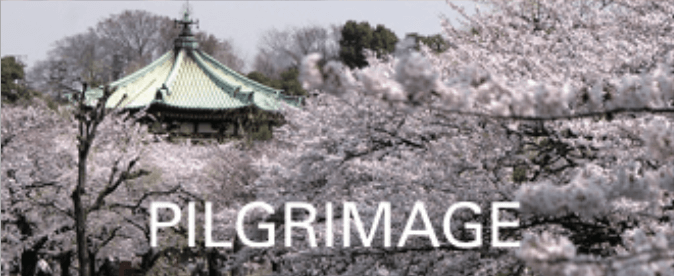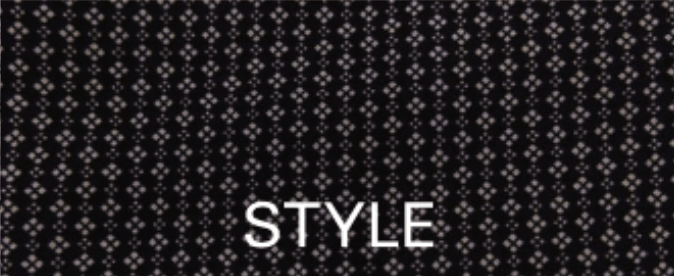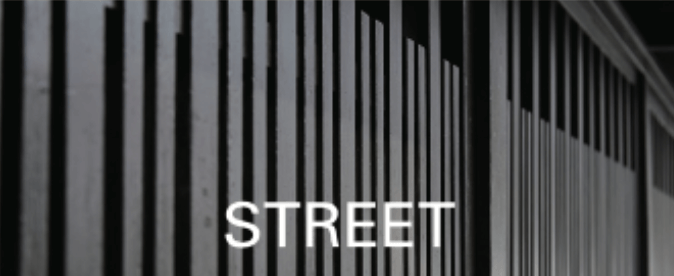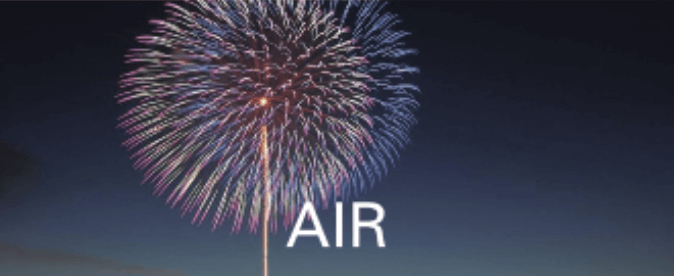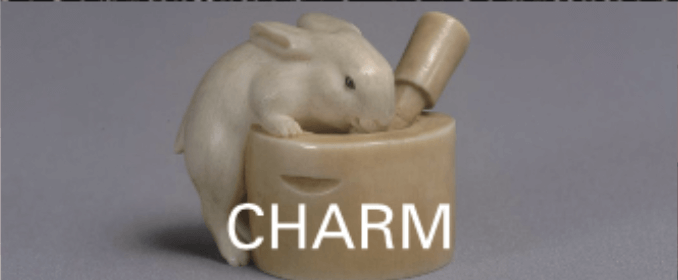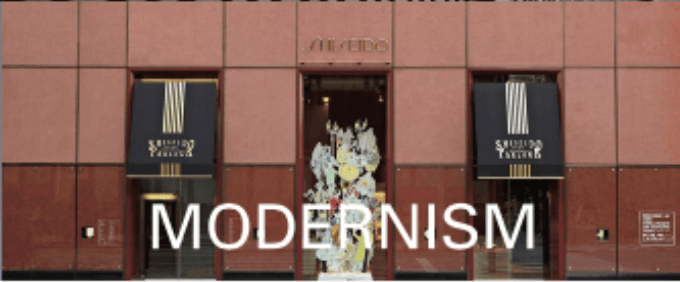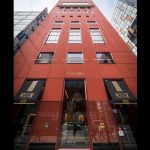
In the Edo period (1603 – 1868), the Three Noh Theaters were located near Ginza 7-chome, and the craftsmen of spears and pans lived in Ginza. The construction of Brick buildings on the streets in Ginza began after the Ginza Great Fire in 1872.
The new Ginza attracted retailers of decorations, imported goods, food and drink, and Western-style pharmacies. The common theme of those stores is “Modern and Genuine”. The dispensing pharmacy eventually became the face of Ginza, and evolved into the Tokyo Ginza Shiseido Building.
This gallery inherits that spirit.

Sensouji temple was founded in 628 and is the oldest temple in Tokyo. Tokugawa shogun rebuilt as tutelary temple of the shogun family, during the Edo era (1603-1868). As a result, worshipers to Sensouji temple increased. Nakamise is the Omotesando, official path to the temple. It is one of the oldest shopping streets in Japan, where vermillion colored shops line up on both sides of the path, for about 250 meters in length. Nakamise path is always very lively, where people support one another, regardless of who you are nor where you come from.
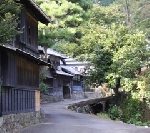
Nihonzaka Pass was on the Tokaido Road, the route connecting Kinki and Kanto in ancient times. It is said that Yamatotakeru no mikoto, a Japanese legendary prince of the Yamato Dynasty, and the son of Emperor Keiko, passed through here in his expedition to the east.
Hanazawa no Sato, Village, is a mountain village and located on the Tokaido Road, which was described at Manyoshu, the 8th century anthology of Japanese poetry. This Village has a row of houses with wooden walls on the stone walls, and the landscape remains with a great atmosphere.
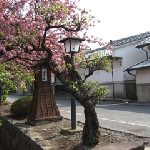
Shibukawa City is surrounded by active volcanoes of Mt. Akagisan and Mt. Harunasan, and dormant volcanoes of Mt. Komochisan and Mt. Onokoyama. A fount of innocence comes from the multi-layered mountains.
Shirai post town remains in the area where the Tone River and the Azuma River meet, which has a row of Dozo Zukuri, earthen-walled storehouses and waterways that took over the castle town in the Medieval Ages.
The townscape takes in the natural rhythm of a fount of innocence to inspire visitors and maintains the atmosphere of the past.
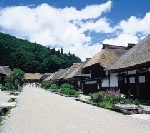
Ouchi post town is an important position on the old Aizunishi Kaido Road, which connected Nikko Imaichi Tochigi and Aizuwakamatsu Fukushima during the Edo period (1603 – 1868). The private houses are hip-roofed, with gable roof entrances to the road. Waterways are along the houses. The atmosphere of the Edo period is preserved and it gives us peace of mind.
At the end of Heian period (794 – 1185), Prince Mochihito (1150 – 1180), who was known as the Takakura Prince and the third prince of Emperor Go-Shirakawa (1127 – 1192), raised armies for the Minamoto clan, to overthrow the Heike (Taira) clan. The prince was defeated and killed by Heike soldiers, who discovered in advance that the prince was raising armies. It was also handed down orally here that he escaped from the predicament, and reached Ouchi post town.
